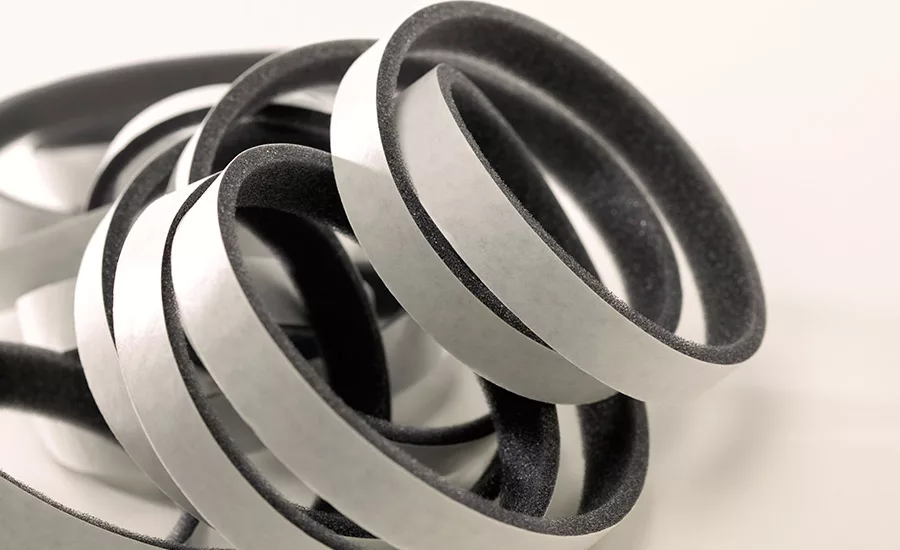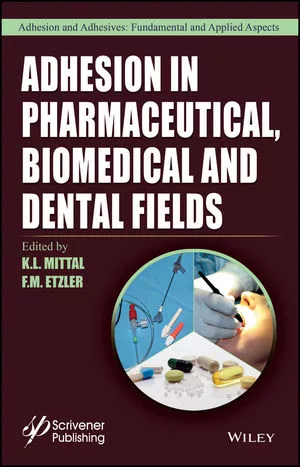PSTC Releases Tape Usage Report
The PSTC recently commissioned an in-depth research report that identifies the underlying biases, behaviors, and decision drivers influencing tape usage.

To better understand how industries such as building and construction, transportation, appliance, medical, and electronics perceive and use pressure-sensitive adhesive (PSA) tape for their bonding applications, the Pressure Sensitive Tape Council (PSTC) recently commissioned an in-depth research report that identifies the underlying biases, behaviors, and decision drivers influencing tape usage.
“What we found with this research is there are certain industries that have a clear understanding of the benefits of using PSA tape,” said Michel Merkx, president, PSTC. “In the appliance industry, for example, PSA tape is considered to be very effective in comparison to using liquid adhesives or mechanical fasteners, particularly when considering aesthetics and ease of application as well as tape’s ability to withstand heat, moisture and vibration.”
However, the report did reveal that within the building and construction industry, there are low levels of familiarity about the benefits of using tape as opposed to using the more traditional methods of bonding found in that industry. The report also showed that a primary issue in the construction, electronics, and medical fields was understanding how well PSA tape conforms to regulations and standards. The research also bears out many other industry drivers for converting to tape for bonding applications. Performance is high on the list, and engineers surveyed specifically expressed concerns about the durability of PSA tape when the primary goal is to hold two objects together. Other high conversion drivers from liquid adhesives and mechanical fasteners to PSA tape were focused on bonding needs related to identifying, protecting, or energy absorption.
“What the report shows is PSA tape’s overall flexibility when it comes to usage,” said Merkx. “When you look at the reasons for using PSA tape as opposed to other methods of bonding, they are quite substantial. Tape is easier to apply than liquid adhesives and has the potential for greater long-term durability as well as providing excellent stress distribution. There are lower costs involved when using tape. And compared to mechanical fasteners, tape is lighter in weight, more aesthetically pleasing and more flexible in application.”
For more information, visit www.pstc.org/thinktape.
Looking for a reprint of this article?
From high-res PDFs to custom plaques, order your copy today!








